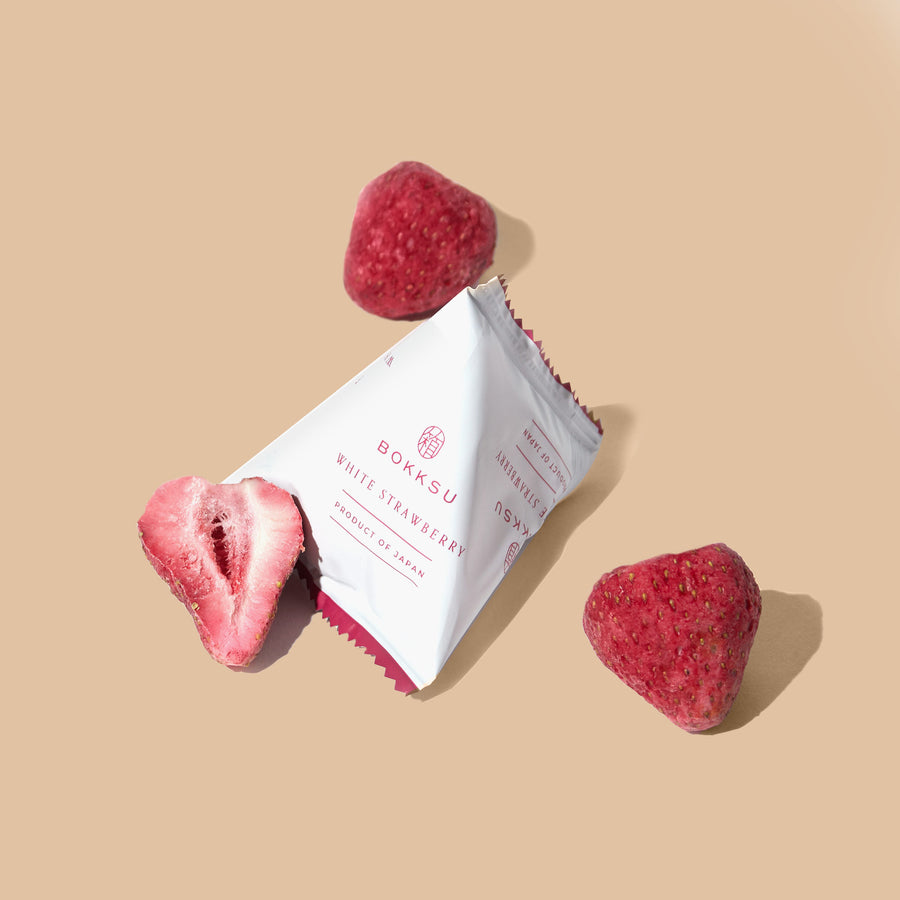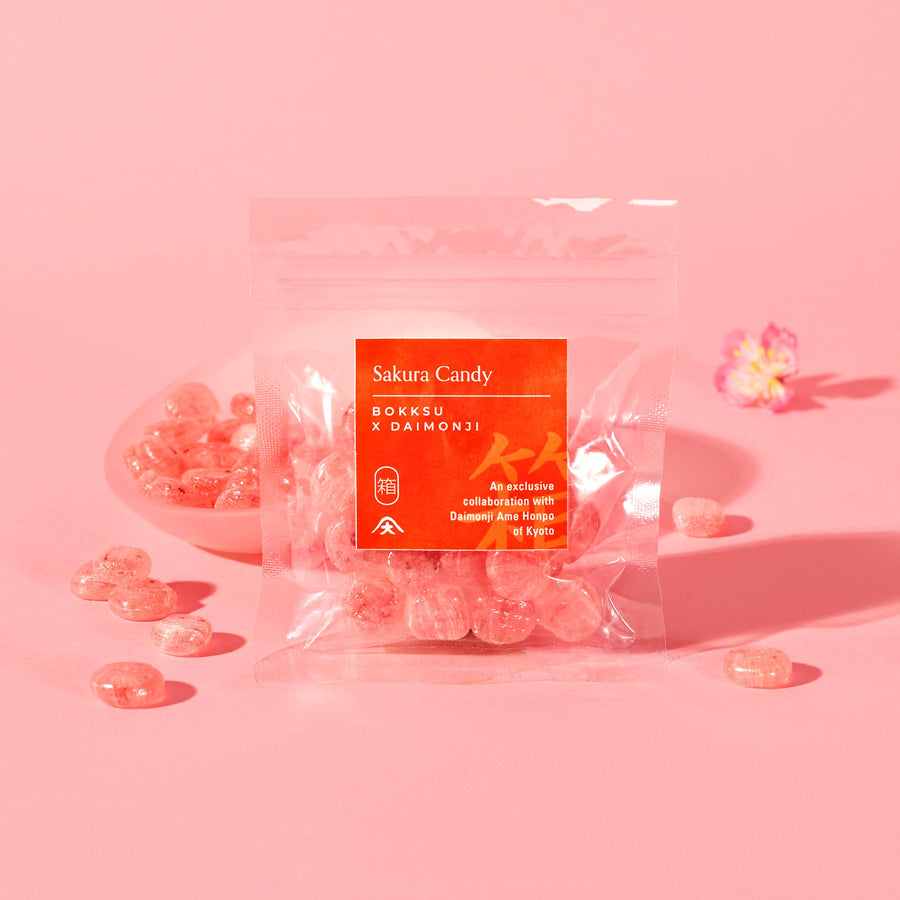How Japanese Snacks Differ from American Snacks
There are a lot of differences between Japanese and American cuisine, and snacks are no exception. While some snacks may be found in both countries, even those shared snacks are sold in different varieties depending on the country. Both countries have delicious versions of sweet, salty, and savory snacks, but there are some noticeable differences between them in Japan and America.

A lot of American candies are essentially just sugar, and while Japan enjoys these types of sweets now and then in snacks like konpeito, a Japanese sugar candy, and the Japanese cotton candy wataame, they typically use less sugar in their snacks. Even American snack foods that aren't candy tend to be less healthy and have more sugar than Japanese snack foods. Typical American snacks like Hostess’s Twinkies and Ding Dongs aren’t exactly the healthiest snacks, hence the nickname “junk food.” Of course, Japan has its fair share of unhealthy snacks, but comparatively many of them include better ingredients and less preservatives. Take mochi, Japanese rice cake, for example. Mochi is typically made from just a few ingredients and has a very limited shelf life.

American meals are known for their large portions, and American snacks are no exception. We love our king-sized candy and snack bars, but Japan prefers to keep their sweets on the small side. Many Americans would consider Japanese candy to be fun-sized, but that's just the standard size in Japan. Snacks that come in other packaging tend to be in smaller portions as well, such as bags of chips. Japanese chips also tend to have more subtle flavors than American chips, and there is a greater focus on having a crunchy, crispy, and lighter texture in Japan. Many American chips pack on flavorings like cheese, vinegar, and spice but Japanese chips feature more subtle flavors like sesame oil and salt, seaweed and salt, and shrimp. Japan also has a large array of rice-based puffs which are less popular in America, that work nicely with a lot of the flavors in Japanese snack foods.

Flavor is another aspect of Japanese snacks that stands out. One of the most prominent differences between American and Japanese snacks is that Japan offers so many different flavors. Japanese snacks also tend to feature more complex flavors than American snacks, which are typically more simple and favor chocolate, peanut butter, caramel, vanilla, and fruity flavors. Kit Kats for example are popular in both countries, but in America are typically only sold in the milk chocolate variety, and sometimes white or dark chocolate. In Japan, however, Kit Kats come in a wide variety of flavors including sakura, lemon, matcha green tea, and many, many more. These flavors represent a lot of the different snacks and sweets in Japan.

How does Japan manage to sell over 300 varieties of snacks like Kit Kats? This is due in part to another major difference between Japanese and American snacks, which is that Japan offers seasonal and regional varieties of classic snacks. There are seasonal Kit Kat flavors like chestnut and sweet potato for fall and strawberry daifuku for winter, which will only be available during those seasons. America also has some seasonal snacks, but for the most part, America changes their snacks based on packaging and design rather than flavor. Orange Oreos for Halloween and Santa-shaped chocolates for Christmas are good examples, and this also demonstrates how America focuses more-so on holidays than the general seasons. Japan does celebrate specific holidays and festivals during each season, but in general, the variations of their snacks are based on flavors and designs that compliment each season as a whole. And while America goes all-out on package design for the holidays, Japan tends to have more exciting designs for their snack packaging in general.

Tokyo Banana strawberry edition
Different regions in Japan will put their own special twist on snacks, and sometimes certain snacks will only be available in particular regions. One example of a regional snack is the Tokyo Banana, which is a banana-shaped sponge cake filled with custard. As the name implies, this Japanese snack is unique to Tokyo and visitors will often seek out this snack during their trip. Of course in America you can find different types of snacks at small, local restaurants or bakeries, but it is not as common to have snacks that are unique to and popular within an entire region.
There are a lot of differences between Japanese and American snacks, particularly in the portion size and amount of flavors available. If you find yourself getting bored of having the same American snacks, exploring Japanese snacks could be an exciting change of pace. You’ll never run out of new flavors to try!
Author Bio







 Bokksu Snack Box
Bokksu Snack Box


























